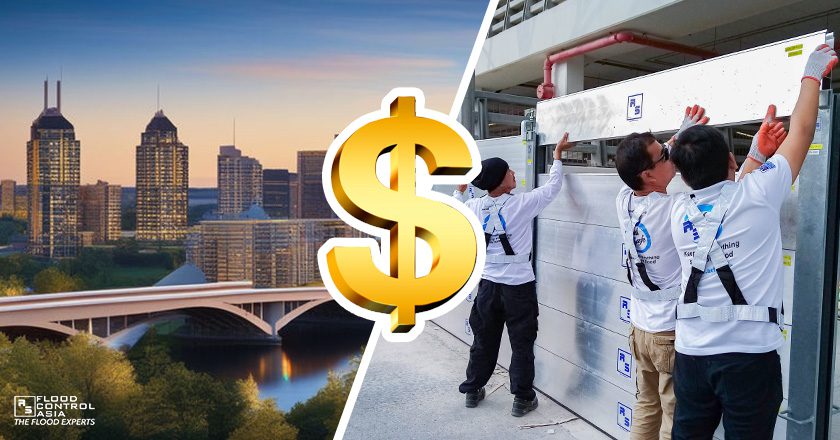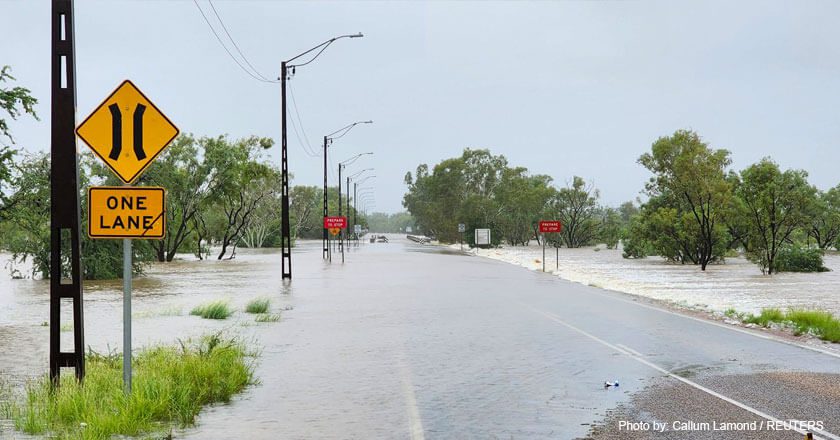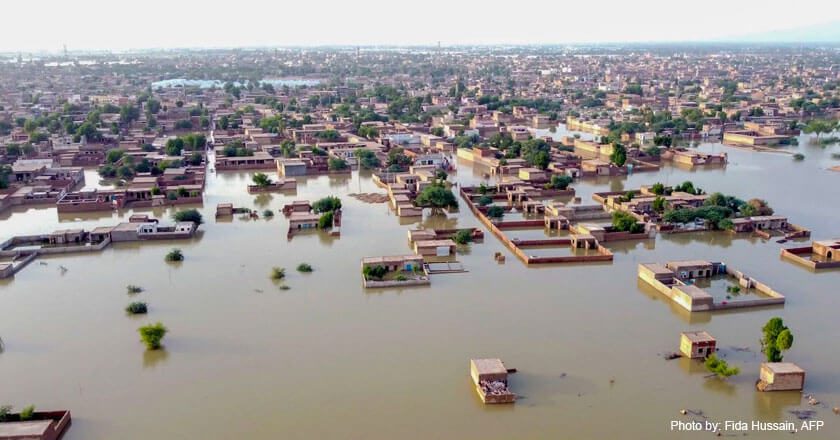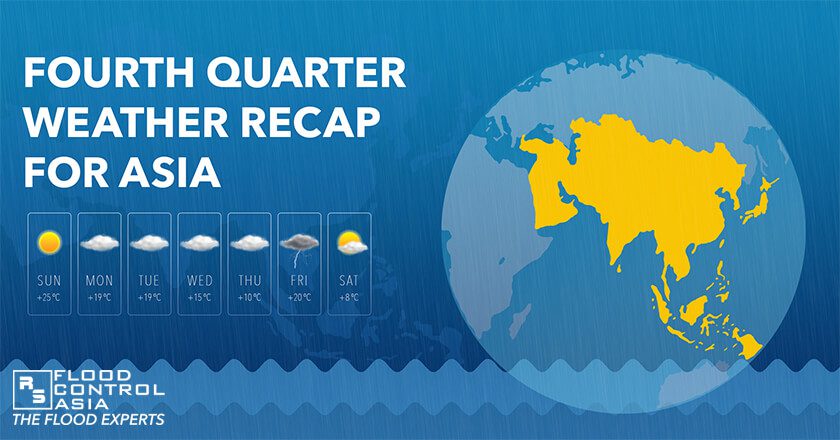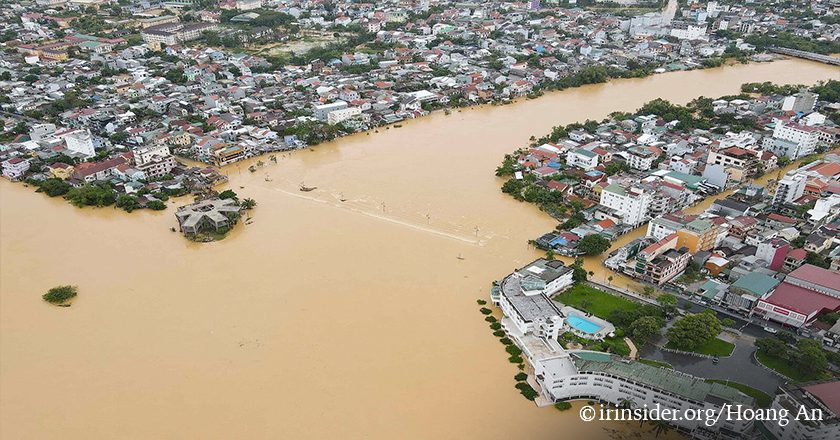Is River Dredging Enough to Prevent Flood Risk?
June 4, 2021 | Created by: Andreas Klippe | Comments
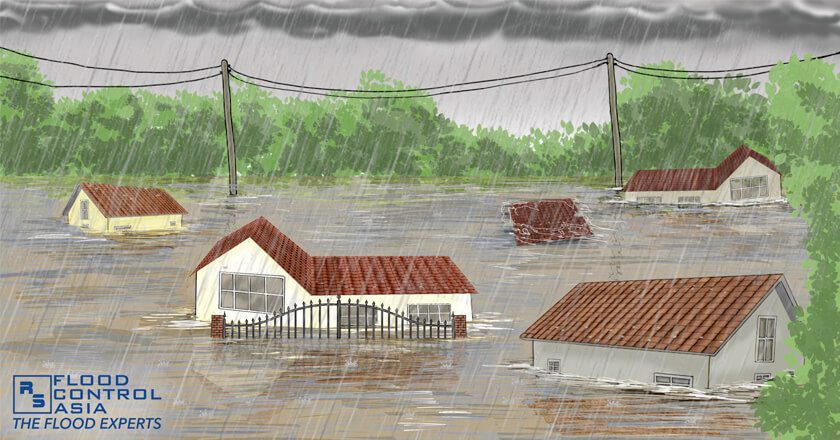
Ulysses (international name: Vamco) brought back the agonizing memories of Ondoy (international name: Ketsana), which also caused drastic flooding in 2009 in the Philippines. Ulysses, the 21st tropical cyclone that entered the Philippine Area of Responsibility in 2020, prompted downpours particularly across Metro Manila from the evening of November 11 to the morning of the 12th. Thus, Marikina River’s water level unexpectedly swelled up to 22 meters at 11 AM on November 12.
To prevent this from happening again, the Department of Environment and Natural Resources (DENR) started its river dredging operation on Feb 17, 2021.
Do you think dredging the Marikina River will really stop floods from taking place? Or will it only provide a temporary solution due to uncontrollable circumstances? Let us answer these questions as we understand river dredging closely.
How Is River Dredging Done?
Dredging means augmenting the depth of the river channel by removing sediments and debris that build up over time.
Dredging normally uses a dipper dredger mounted on a barge. So what do dipper dredgers do? They scoop the sediments and debris like a shovel.

Frequently, the purpose of dredging is to ensure that boats and ships can safely pass. Without the practice of dredging, vessels will have a hard time floating. Also, with river dredging, sediments with a variety of pollutants are removed and people and animals are less exposed to contaminants.
Aside from Maritime and pollution prevention, dredging also helps in flood prevention. Here’s how:
Does River Dredging Prevent Flooding?
To increase the water capacity of Marikina River and prevent overflow, DENR went for dredging an estimated 50,000 cubic meters of silt. As for the equipment, DPWH Metro Manila, headed by Director Eric Ayapana, deployed crawler-type backhoes.
Well, whatever the tool is, the decision to dredge the Marikina River is for reducing the risk of flooding. But, we CANNOT expect it to be the best long-term solution because as climate change continuously worsens, the amount of rainfall increases. It’s like continuously emptying out a water drum while the faucet is on.
We cannot expect river dredging to be the best long-term solution because as climate change worsens, the amount of rainfall increases.
Dredging is like that — just a temporary answer to flood risk prevention.
A Long-Term Solution Is Still the Best

Apart from uncontrollable, torrential rainfall that may waste your effort on dredging a river, the sediments and debris that you removed will eventually build up again. If that happens, will you consider dredging again? Even if there is an existing technology that is long-lasting, portable, adaptable, and cost-effective?
Nothing is wrong with thinking that dredging is also helpful, because it is. However, before or after having the river dredged, flood barriers may also be used to prevent river overtopping. One ideal flood barrier to use is the Made in Sweden INERO™ Mobile Flood Barriers as floodwalls. Here’s why.
- INEROTM IS LONG-LASTING. INEROTM Mobile Flood Barriers can serve you for 50 years or more. It is unlike river dredging whose effect only lasts for 1 to 3 years.
- INEROTM IS PORTABLE. You can easily carry and install INERO™ Mobile Flood Barriers where flooding takes place. Actually, installing 100 meters of barriers can simply be done by two people. Why? They have this interlocking feature that makes them easy to assemble and disassemble. All floodproofing barriers are long-lasting, but they are not all portable like INERO™.
- INEROTM IS ADAPTABLE. Slopes and edges of a river? No worries! INEROTM can fit ANY surface or topography. You can have them installed on grassy, muddy, or sandy surfaces!
- INEROTM IS COST-EFFECTIVE. Since INERO™ Mobile Flood Barriers are portable and adaptable, there is no need for extra civil works. That itself will already save you money. For the Marikina River that has a length of 78 kilometers, I assure you that INERO™ is the most cost-effective solution to stop it from causing flooding.
FIND OUT MORE ABOUT INERO™
If you are already convinced and you want to discuss the topic, have a conversation with one of our Flood Experts to be more enlightened on river flood protection just by clicking the “BOOK A MEETING” button below.
But if you prefer to behold a clear view first of how INEROTM Mobile Flood Barriers are installed, just click the “WATCH THE VIDEO” button below.


